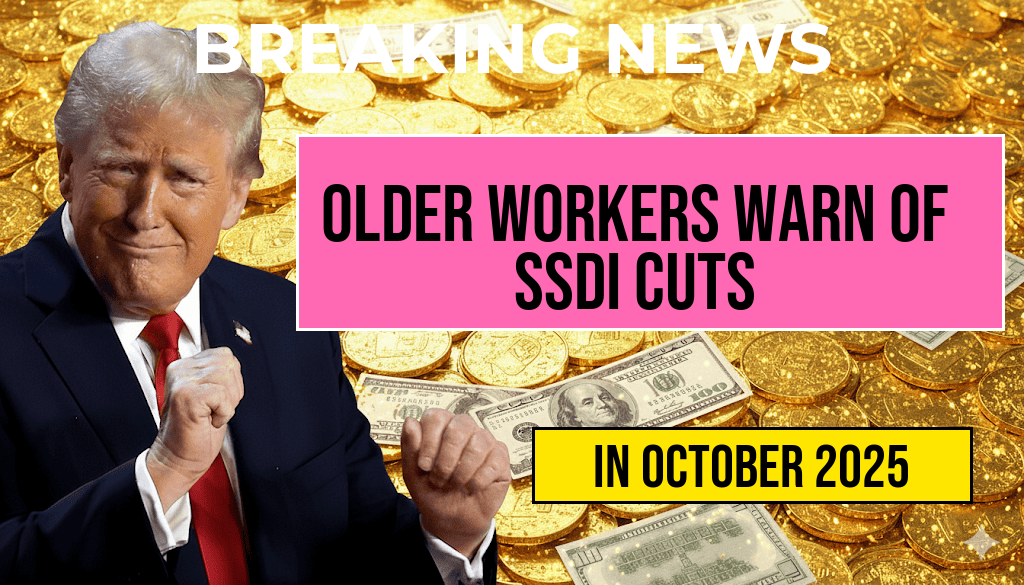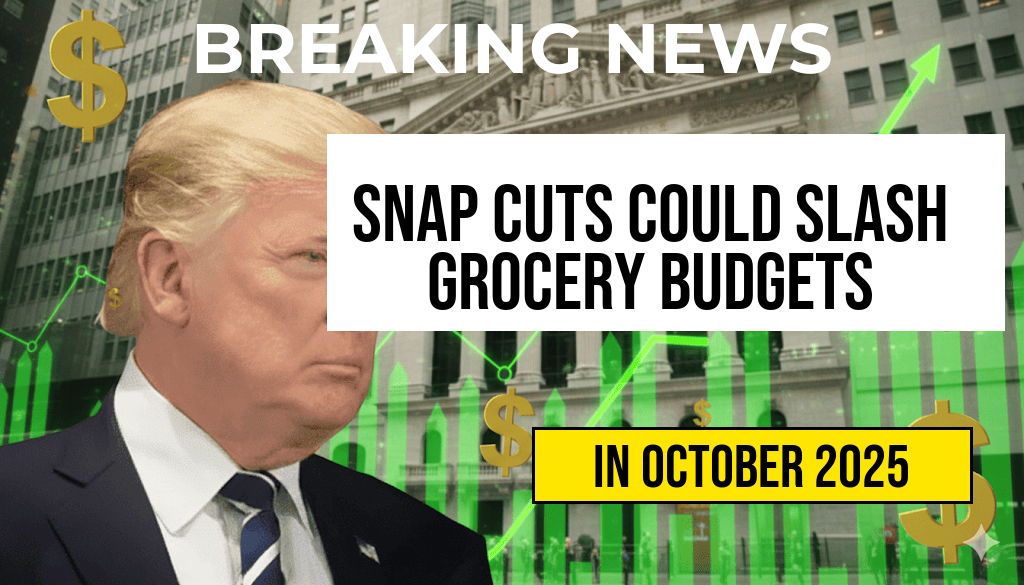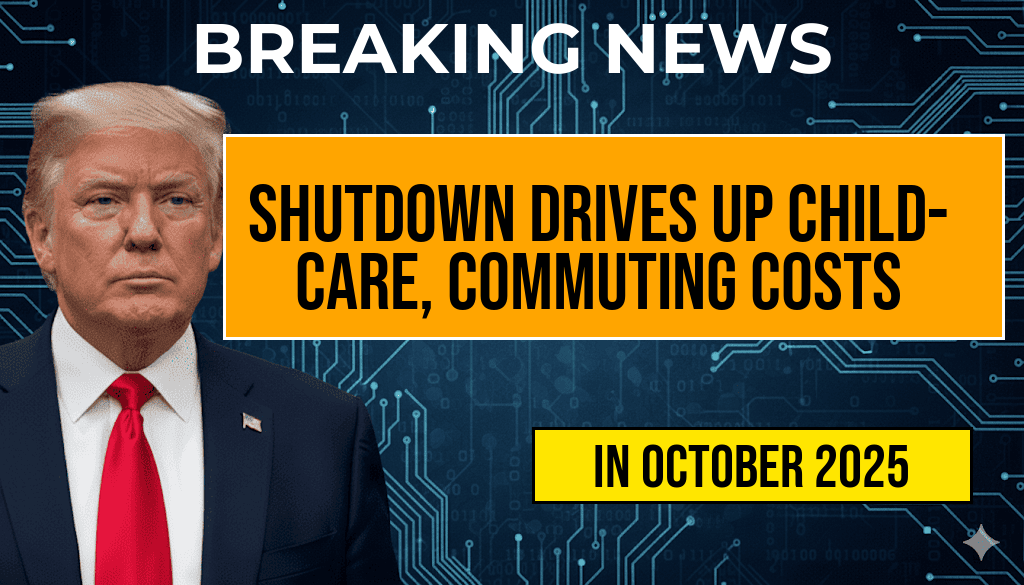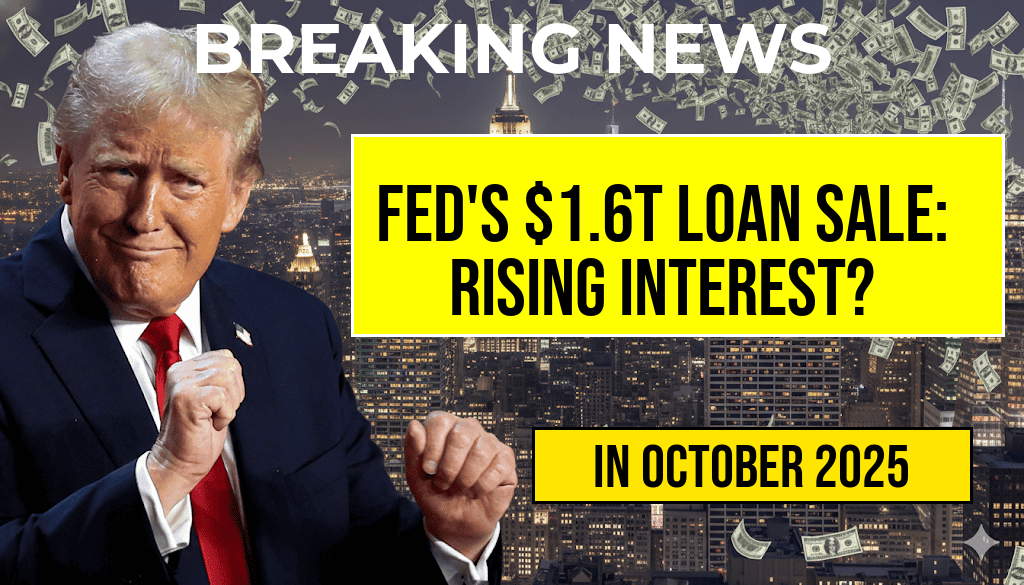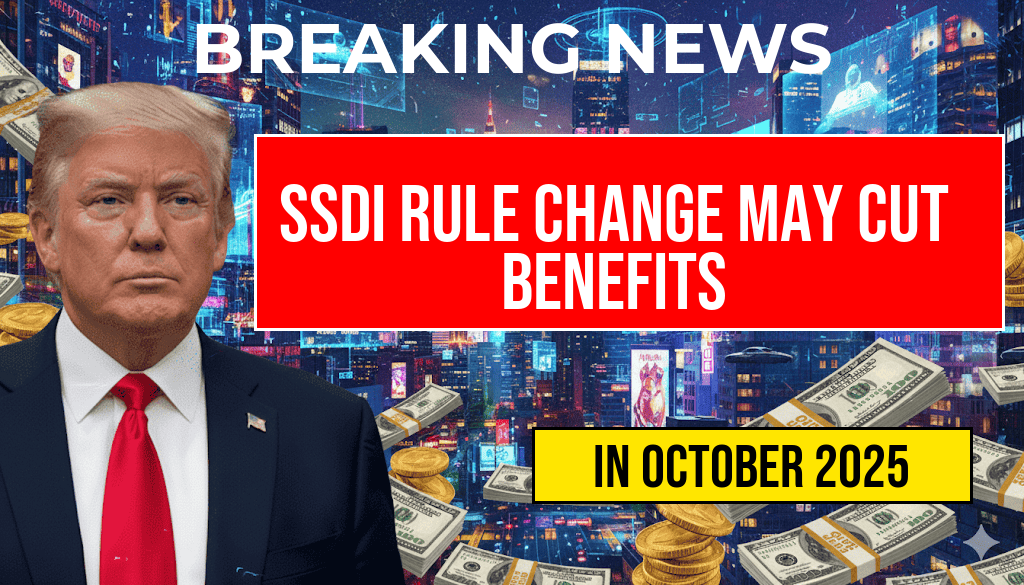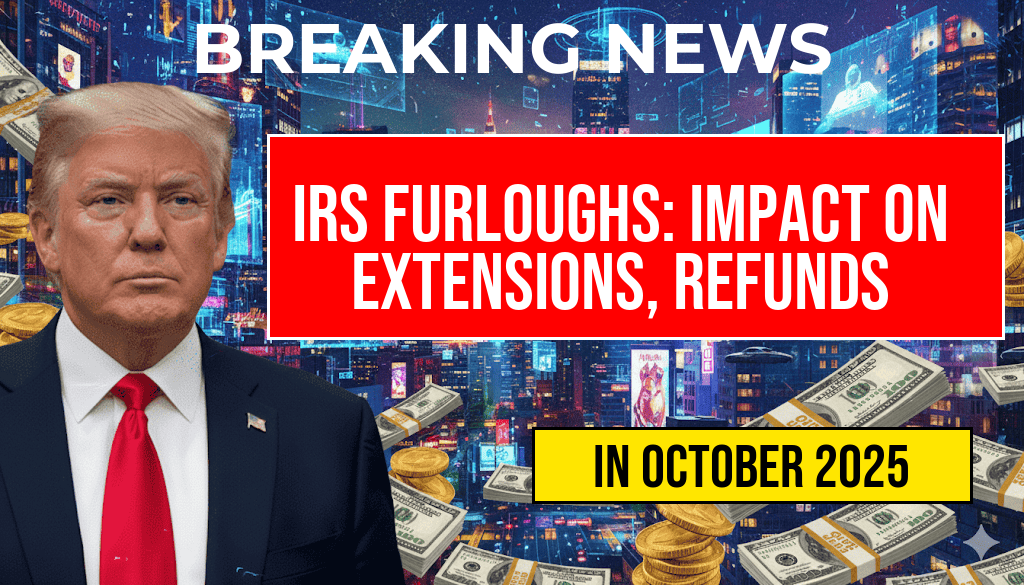The Federal Reserve is contemplating a significant shift in its monetary policy by potentially selling off $1.6 trillion in loans. This move raises concerns among economists and consumers alike about the possible repercussions on interest rates. The central bank’s decision to divest these assets could lead to a dramatic increase in borrowing costs, affecting everything from mortgages to credit cards. As the Fed navigates its balance sheet strategies, it is essential to consider how such actions might ripple through the economy, particularly for households already grappling with rising inflation and cost-of-living pressures.
The Fed’s Strategy: An Overview
In recent months, the Federal Reserve has been under pressure to control inflation, which has surged to levels not seen in decades. Selling $1.6 trillion in loans could be part of a broader strategy to tighten monetary policy. The Fed’s balance sheet swelled during the COVID-19 pandemic as it took unprecedented steps to support the economy, including purchasing government securities and providing loans to businesses. Now, as economic conditions change, the central bank is considering reversing some of these measures.
What Are the Implications of Selling Loans?
- Interest Rate Increases: Selling off loans could lead to higher interest rates as the Fed seeks to curb inflation. This may cause borrowing costs to rise significantly.
- Impact on Consumers: Higher interest rates mean that mortgage payments, car loans, and credit card debt could become more expensive, straining household budgets.
- Market Reactions: Financial markets often react quickly to Fed announcements. A sudden sell-off of loans could lead to volatility in stock and bond markets.
How Loan Sales Affect Interest Rates
The mechanics of how selling loans impacts interest rates are tied to supply and demand dynamics in the credit market. When the Fed sells loans, it effectively reduces the amount of money circulating in the economy. As the supply of money decreases, lenders may increase interest rates to maintain their profit margins. This could lead to a scenario where consumers find themselves facing interest payments soaring into the hundreds, especially on larger loans.
Historical Context
Historically, similar moves by the Fed have led to increases in interest rates. For example, during the 2015-2018 period, the Fed began to unwind its balance sheet, which contributed to rising rates. An analysis from Forbes highlights that the pace of these changes can significantly influence borrowing costs across various sectors.
Potential Outcomes for Homebuyers and Borrowers
For homebuyers, the implications of rising interest rates can be particularly pronounced. A higher mortgage rate translates into increased monthly payments, potentially putting home ownership out of reach for many prospective buyers. For those already locked into loans, refinancing options may become less attractive as rates climb.
What Homebuyers Should Know
- Fixed vs. Variable Rates: Consumers should carefully consider whether to opt for fixed or variable interest rates in a rising rate environment.
- Timing the Market: Potential buyers may want to act quickly before rates increase further, while current homeowners should evaluate the benefits of refinancing.
- Budgeting for Increases: Households need to prepare for the possibility of higher payments across various types of loans.
Conclusion: Navigating Uncertain Waters
The Federal Reserve’s potential decision to sell $1.6 trillion in loans could significantly reshape the financial landscape for consumers and businesses. With interest rates poised to rise, understanding the implications of these changes is crucial for anyone considering borrowing. As the Fed balances its goals of controlling inflation with the need for economic stability, individuals must stay informed and proactive about their financial decisions.
Additional Resources
For those looking to understand more about the Fed’s balance sheet and monetary policy, consider checking out the following resources:
Frequently Asked Questions
What is the significance of the Fed selling $1.6 trillion in loans?
The Federal Reserve selling $1.6 trillion in loans could significantly impact the overall economy by affecting interest rates. This action may lead to a tightening of credit availability, which could ultimately result in higher borrowing costs for consumers and businesses.
How could this sale affect my interest payments?
If the Fed’s sale of loans leads to increased interest rates, individuals may see their interest payments on loans, such as mortgages and credit cards, rise sharply. This could mean paying hundreds or even thousands more over time.
What types of loans could be impacted by this decision?
The sale could influence various types of loans, including mortgages, auto loans, and personal loans. As the Fed adjusts its balance sheet, the ripple effects may be felt across the entire lending market.
Are there any historical precedents for this kind of action?
Yes, there have been instances in the past where the Fed’s actions, such as quantitative tightening, have led to rising interest rates. Historical trends show that similar measures can have profound effects on the economy and borrowing costs.
What should I do to prepare for potential increases in interest rates?
To prepare for potential increases in interest rates, consider locking in fixed-rate loans now, paying down existing debt, and evaluating your financial plans to mitigate the impact of higher interest payments in the future.

